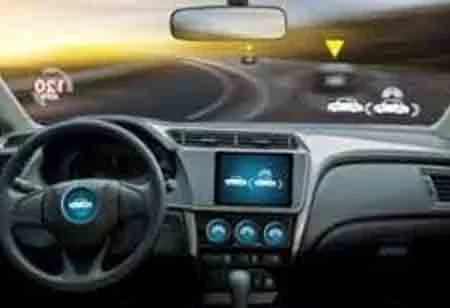As cybersecurity threats have grown more complex and adaptive, there is a growing consensus that automobile security should follow suit, moving away from a reactive focus on patching security flaws and toward real-time vulnerability detection systems.
FREMONT, CA: Automotive cybersecurity, particularly the cybersecurity of autonomous vehicles, has been a prevalent issue in the cybersecurity world. Even though autonomous cars have been around for a while, the threat environment they face has shifted dramatically in recent years. Previously, the focus was on safeguarding these vehicles against flaws introduced during the design or manufacturing process. As cybersecurity threats have grown more complex and adaptive, there is a growing consensus that automobile security should follow suit, moving away from a reactive focus on patching security flaws and toward real-time vulnerability detection systems.
The Changing Threat Environment
Almost every automobile industry area has been transformed by technology, which has increased efficiency and profitability at every stage from manufacture to sales. Each new application of technology, however, brings with it new cybersecurity challenges. As a result, automakers must take a comprehensive strategy to vehicle cybersecurity.
For automotive companies, there are three tiers of cybersecurity risk. The first is corporate systems, which are used by practically every other company. These systems are likely to store valuable intellectual property and personally identifiable information, as well as details about the cybersecurity measures taken.
The second attack vector occurs in manufacturing facilities. While today’s highly automated manufacturing technologies have made the automotive industry safer and more efficient than ever before, they are nevertheless vulnerable. A manufacturing process that is not sufficiently secure can have a negative impact on the security of the cars it produces.
Then there is the issue of autonomous vehicles’ security. Because it is the most visible to consumers, this is often the most high-profile aspect of modern automotive cybersecurity. In actuality, autonomous automobiles may be hacked just as readily by a ‘conventional’ corporate hack on the manufacturer as they could by a real-time incursion effort.
It is also worth noting that the automotive business is continually evolving. Not only will cybersecurity procedures have to adapt to shifting threats, but also to changing models of vehicle usage. Technologies such as artificial intelligence and blockchain will play a big part in the industry’s future, and they may also provide additional security for autonomous vehicles.
See Also: Top Wireless Technology Solution Companies

 Copyright © 2025 AutoTech Outlook. All Rights Reserved | Privacy Policy | Subscribe | Sitemap | About us | Feedback Policy | Editorial Policy
Copyright © 2025 AutoTech Outlook. All Rights Reserved | Privacy Policy | Subscribe | Sitemap | About us | Feedback Policy | Editorial Policy